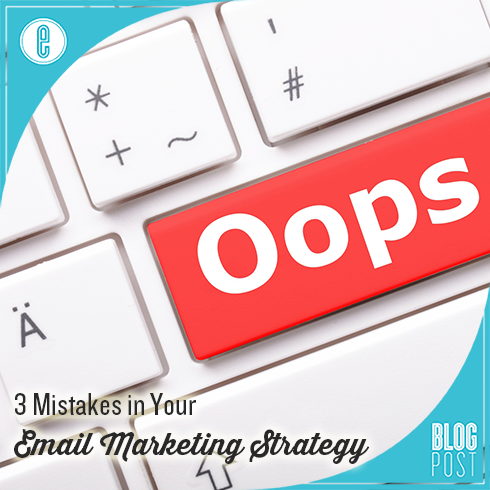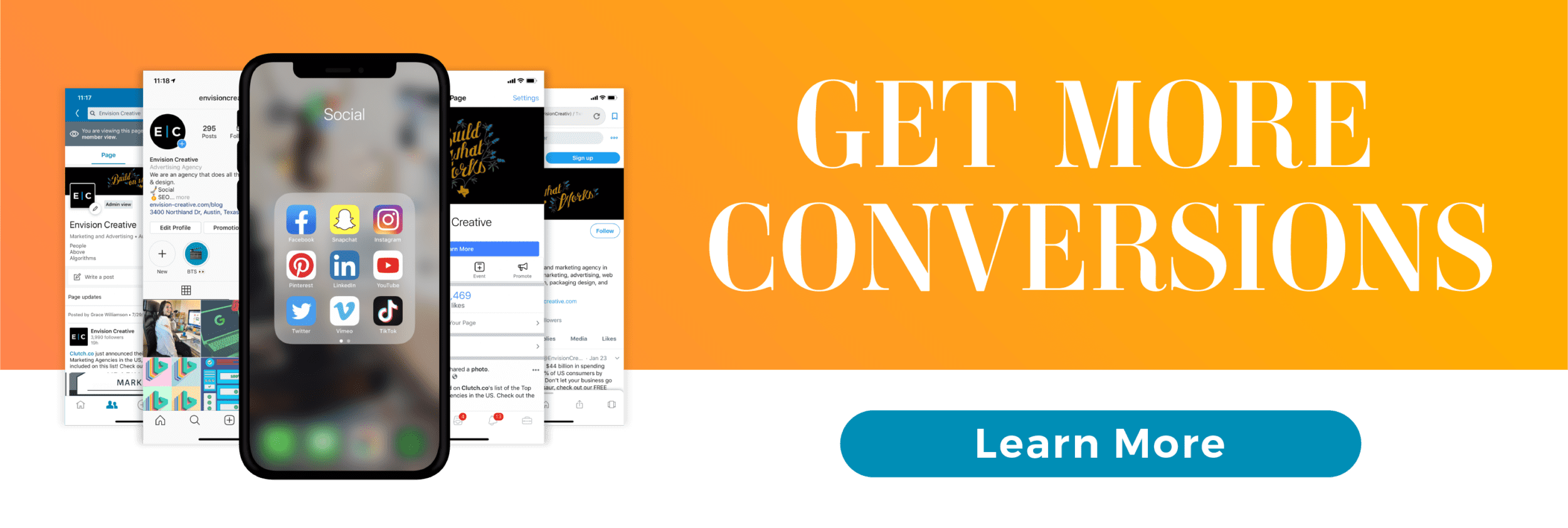When most people wonder why their marketing emails aren’t being read, they immediately think of the common mistakes such as…
- Not including the recipient’s name
- Using business jargon
- Forgetting to spell check
And the list goes on. But, when it comes to creating the best possible email marketing strategy, you also need to avoid the not-quite-so-obvious mistakes. Here are 3 such mistakes:
An unfocused subject line
Everyone knows that the subject line is key in getting their email opened. Some marketers get too caught up in the attention grabbing aspect of the subject line. In doing so, they lose sight of the real goal which is to get a response. That response will differ from one email to the next, but the overarching goal of every marketing is to get a response.
Here are some examples of good subject lines:
- [First name], quick question for you
- Some ideas for [something that’s important to them]
- A question about [title of their blog post]
- A thought about [title of their blog post]
These would all be difficult for a recipient to ignore or let go unanswered, don’t you agree? Of course, this is not a comprehensive list, but it should give you a feel for what an effective subject line looks like.
A generic sender address
Whether you’re sending out a mass email to a large list, or a one-off email to a specific individual, the sender address can impact whether the email gets opened. In a test conducted by HubSpot, there was an improvement in both the open rate and the click-through rate when the email sender address was “Maggie Georgieva, HubSpot” versus just “HubSpot”. Sending an email from a specific person instead of an entire business makes it more personal and more likely to be opened.
No call to action
If the goal of every marketing email strategy is to get some sort of response, you should end every email with some sort of call to action. This doesn’t mean closing a sale. That can rarely, if ever, be accomplished with an email alone. But to get another next step closer to that sale, you need the recipient to take some action.
This might be clicking on a link to download a catalog or other product information, or agreeing to talk on the phone later in the week. Whatever it is, you have to end your email with a specific, concise call to action.
Remember, regardless of what you’re trying to promote with email marketing, nothing will happen unless your emails get read. Avoiding these three mistakes will increase your open rate and click-through rate.
-FINAL(01-00)-White&Blue-01.svg)





